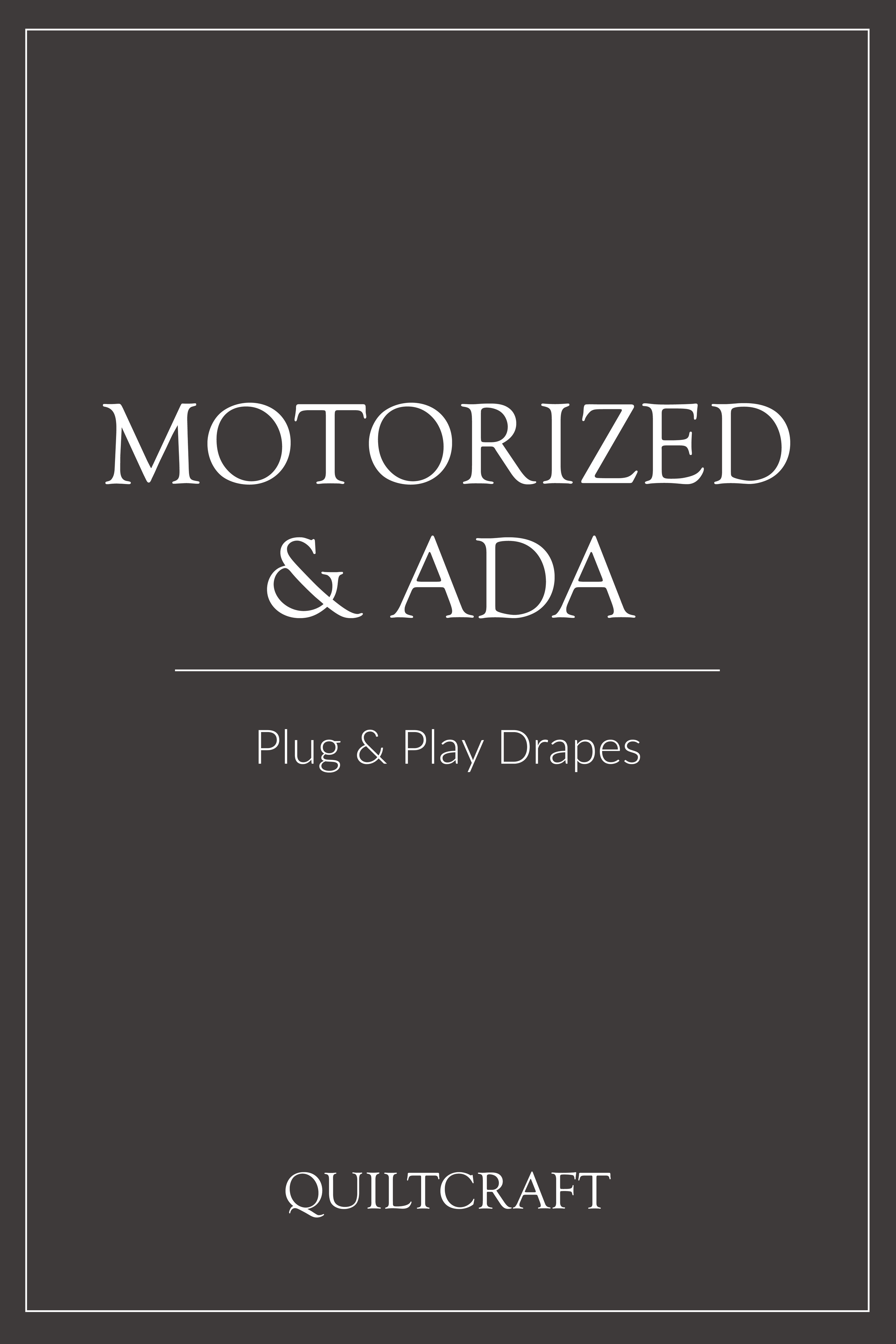How Should Fabric Stains be Treated in the Hospitality Industry?
Potential Problems…
Stains & messes happen. They are rather inevitable when you consider that each guest room is ideally used every night, by alternating people. Guestrooms are a space in constant flux and with that comes spills, drops, greasy fingers and the like. All of these moments pose a threat to that white bedding and those drapes (seriously, do people even use the baton?)
Although a potential problem for your house cleaning staff, this is a factor you simply have to expect and plan for in the hospitality industry. This problem must have a quick and easy solution because ideally there is only a few hours until that room will be used again and it must be transformed from dirty to spotless, clean and sanitized in a short period of time.
The Solution
The company Applied Textiles, is the information giant in the realm of hospitality fabric testing and treating. Their lab covers a wide gamut of materials and uses and provides the testing standards for many fabrics, which often have the option of coming pre-treated. The first point to know, is that most fabrics can come pre-treated or made with stain repellent; either a Teflon finish or what’s called a ‘Nano tech’ finish. These will make the fabrics more defensible to stains far more than untreated fabrics. Pre-treated fabrics are especially popular with brands such as Motel 6, Comfort Inn, La Quinta and the like.
This pre-treatment is not a catch all by any means and so when stains do occur its first important to consult or know brand guidelines. If the property is a specific flag or belongs to a particular brand, there may be published documentation for cleaning products that are ‘pre-approved’ or at least suggested based on the fabric specifications.
Stains, regardless of fabrics coming being pre-treated with stain repellents, should always be pre-treated onsite and as quickly after the stain is found as possible. Pre-treating stains should be done with either cold water (for blood) or hot water (for food and drink stains), before washing. Sometimes a mixture of water and salt is also suggested. If stains persist beyond pre-treatment and light scrubbing, look to mild detergent-based fabric cleaners and stain removers but make sure to stay clear of anything with chlorine or bleach as these chemicals will damage the fabric fibers and may cause discoloration.
The Dewberry | Charleston, SC
While stains are never a good thing, they also shouldn’t be feared like the plague because they are going to happen with much more regularity than you would like. Armed with the right knowledge and the correct procedures any property can handle the stains that inevitably will happen and have those rooms in tip-top shape for guests each and every time.
We hope this post gave you some helpful tips for your next project
We have put this information in a downloadable PDF card, so you can print it and keep it near you!
Visit us again for more educational material!
Check Out Related Resources









